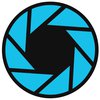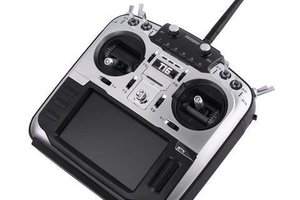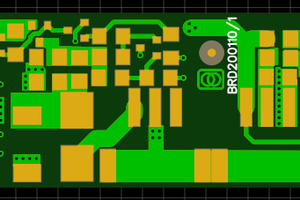The Specs:
Capacity 20000mAh
Output Voltage 12V/5V
Peak Current 400A
Starting Current 200A
Built in LED flash-lite
1XUSB 2.1A charger
Size 140X76X19MM (5.5"X3.0"X0.75")
Weight Approximately 300g (my scale isn't very accurate)
Cost $20
The Claims:
Will jump start your car!
Has a built in flash light!
Has a high current USB charger!
The Reality:
Will jump start you car! No really. I disconnected the 880CCA (The manufacturer recommends you don't do this) battery from my Dodge 1500 and on the 3rd try it actually cranked. The engine isn't particularly large though. It's a 3.6L V6. But for a battery that is just "mostly dead" it will probably get the job done in an emergency for most small to mid sized American vehicles. Also I didn't charge it before hand. It was capable of doing this out of the box!
The built in flash-lite has several modes such as. Really friggin' bright, really friggin' bright while flashing quickly, and really friggin' bright while flashing slowly. Seriously. It's really bright and looking directly at it is a bad idea. I can't find any specification but it appears to be a wide angle LED lamp. Probably 500mW.
High Current USB charger? You bet. I didn't load test that portion of the circuit. But it did charge my Iphone 6 fairly quick. Quicker that the stander 1A USB charger that comes stock with the phone.
Capacity. Not 20000mAh. Not anywhere close. In fact its off by a factor of 10. Once I pried the battery pack open I found three 3.7V 7.4Wh Li-ION (cell chemistry is an assumption based on the cell voltage) soft pack cells. or 2000mAh 11.1 Volt Battery pack with a 5V Buck converter.
But I already knew that. I did get it off eBay for $20 after all. What I was really interested in was the regulation on the 12 Volt plug. There is none. None at all. In fact if you look closely at the pictures of the internals. You will see a blue connector with heavy gauge wires going directly to the battery cells. That's the 12V connector. It bypasses the charge controller AND the on/off switch completely. Meaning you could very easily and unknowingly discharge the individual cells all the way down to 0 Volts. And that is an extraordinarily bad Idea for any kind of lithium battery. The USB port and flash-lite do appear to have a low voltage cut off. But I wasn't monitoring this during the load test so I don't know when it shut off. All I know is that once I had discharged the battery down to about 8.5V it wouldn't turn back on.
As for the load test. It was done with a 12 ohm 20W resistor. or about 1/2C. I used a current and voltage meter to monitor battery output in real time and an Arduino set up as a serial voltage monitor to plot a discharge curve. And what I got was consistent with a Li-ION battery back.
The Verdict:
Not a bad portable USB charger for $20. And in the case of a dead battery it would definitely be nice option to have. But for that scenario I would consider it a one time use item and would dispose of it afterwards. I would not recommend recharging it. Lithium fires tend to be exspensive.
 Patrick Gentile
Patrick Gentile


 Stefan Wagner
Stefan Wagner
 Bud Bennett
Bud Bennett
 Christoph Tack
Christoph Tack
 Lithium ION
Lithium ION
Of course you can't really do any regulation on the 12V port, which is supposed to start a car. You need some really fat switches and chokes and it would waste energy. But the starter of a car is not picky about the voltage and also the electronics is usually specified for anything between 9 and 16V, dropping below 6V during cold cranking.
The exaggerated capacity rating is unfortunately a real pest in these devices. Somebody on youtube, perhaps bigclivedotcom, did a teardown and review. His device was rated 7000mAh and if you sum up the 3 2,2Ah cells than you come close, although I don't see it correct to sum up the Ah capacity of cells in a battery. If they want to do it like that, they should advertise Wh.
I would not consider it a one time device, but probably recharge it at a fire safe place after an emergency start event.